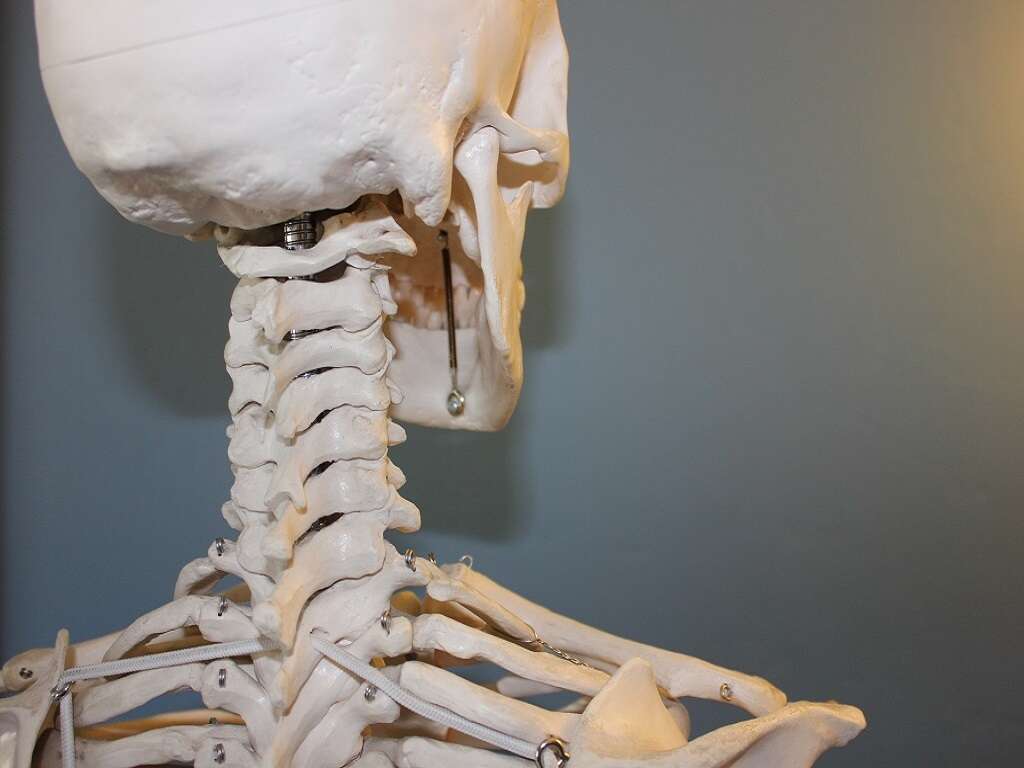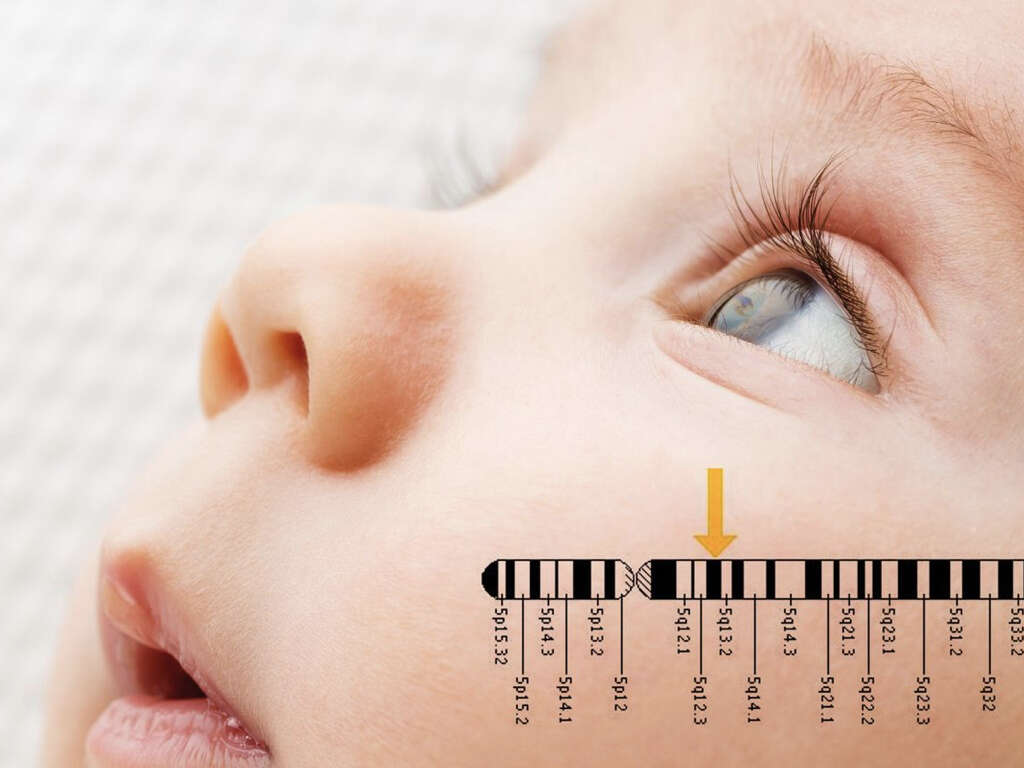What Is Chiari Malformation?
The skull encases and protects the brain and brain stem, which connect to the spinal cord through an opening called the foramen magnum. In some people, the skull is insufficient to contain the entire brain. This results in portions of the cerebellum, and sometimes other parts of the brain, intruding into the foramen magnum.
This condition is called a Chiari malformation. It is named for Professor Hans Chiari, a German pathologist who noted abnormalities in the skull base during the 1890s. Although once considered quite rare, CM is becoming more widely diagnosed thanks to modern medicine.
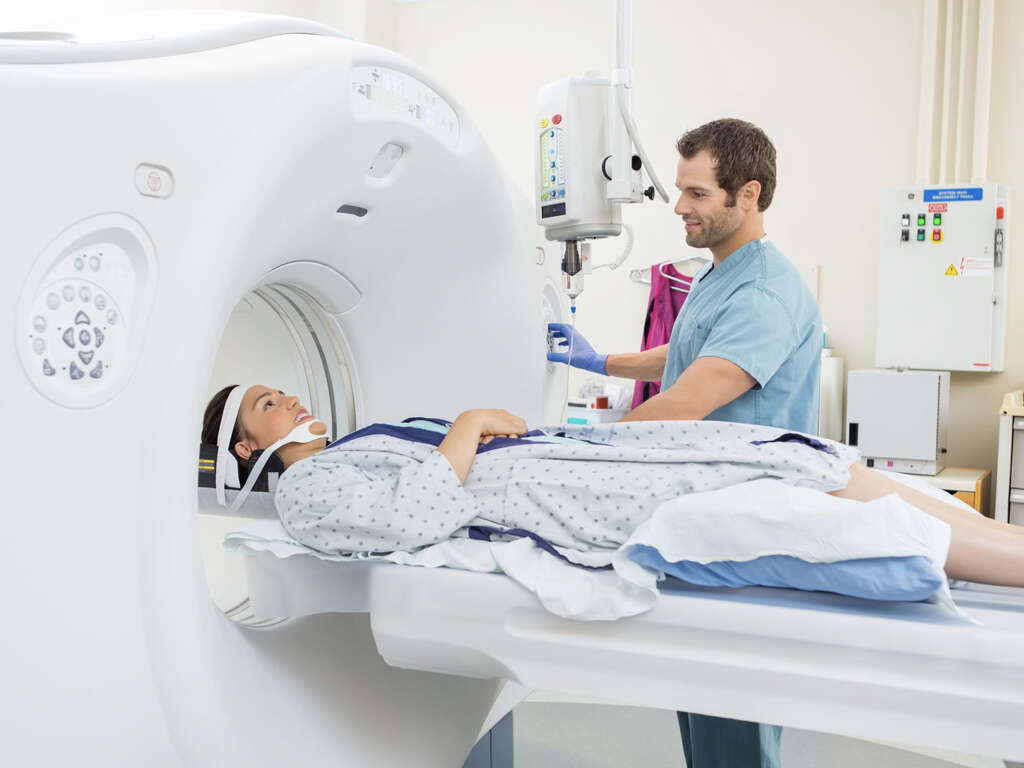
1. What Are the 3 Main Types of Chiari Malformation?
Type I Chiari Malformation is the most common form. Characterized by an abnormally small skull base or foramen magnum, it may or may not cause symptoms. For most people, symptoms will develop in adolescence or adulthood.
A Type II CM usually presents as symptomatic during childhood. It involves a more substantial portion of the brain and sometimes the brain stem. It is also often accompanied by a type of spina bifida called myelomeningocele. Type III malformations are the rarest and most dangerous of the three. They involve an abnormal opening in the skull through which part of the cerebellum and the brain stem herniate.
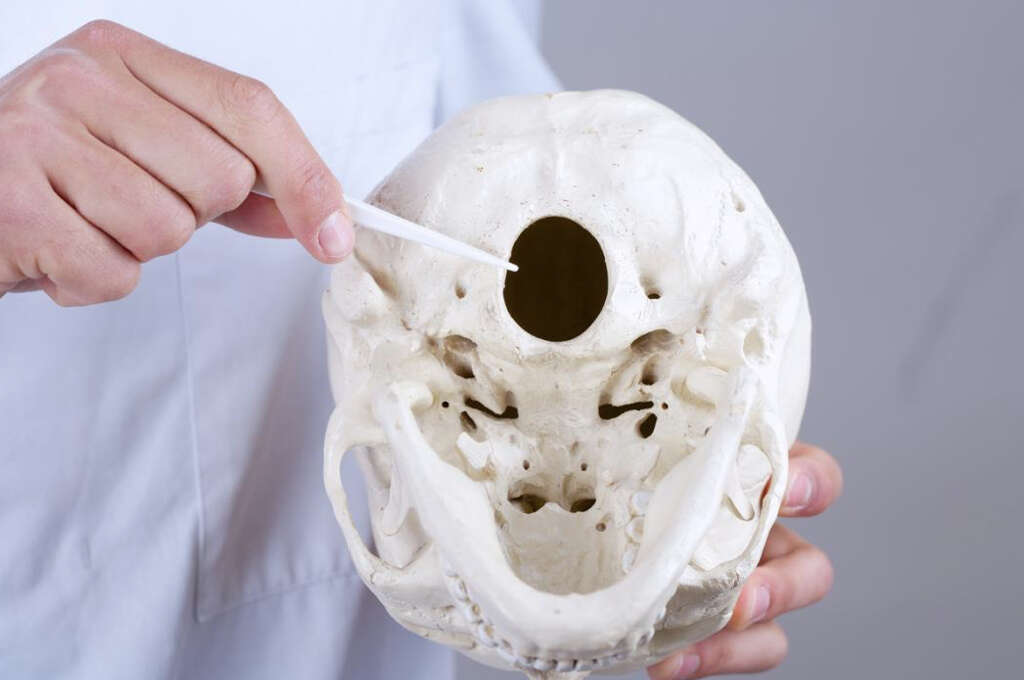
2. What Causes Chiari Malformation?
Since most Chiari malformations exist from the time of birth, they are considered congenital. They result when the skull, spinal column, brain or connective tissue do not form properly. They appear to be more common in some families compared to others, indicating a genetic contribution.
Less frequently, a Chiari malformation develops in an aging adult. This is almost always caused by removing excessive amounts of spinal fluid from the thoracic or lumbar areas, which creates a suction effect that draws the cerebral tonsils into the foramen magnum.
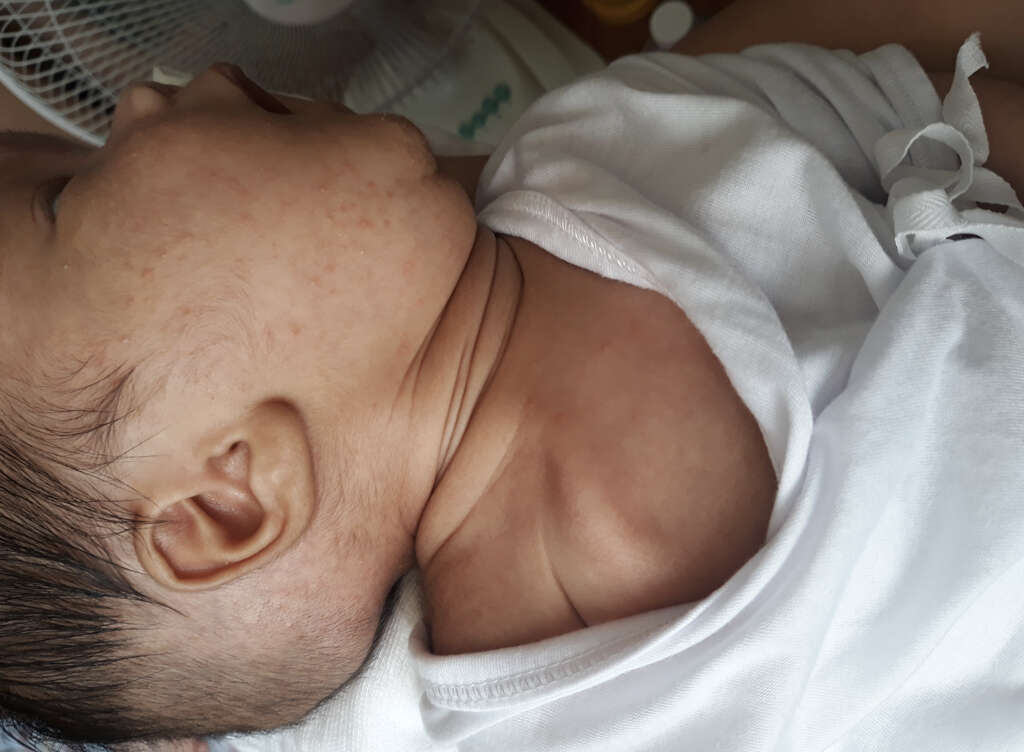
3. What Symptoms Does Chiari Malformation Cause?
The type and level of symptoms a CM patient experiences will depend on how much the spinal fluid flow is restricted. Pain that starts in the neck or at the base of the skull and radiates outward is the most common symptom of CM. It may be described as sharp, stabbing or pulsing.
Other common symptoms include weakness and tingling, especially in the hands and other extremities. Vision difficulties, including sensitivity to light, double vision and blurred vision, are frequently reported. CM can also affect the ability to swallow in some people. However, many individuals with Type I CM do not experience any symptoms at all.

4. When Should You See a Doctor for Chiari Malformation?
If you have already been diagnosed with a Chiari malformation, you should see a physician regularly to monitor the condition. You should seek a neurologist who is familiar with the problem. It is essential to notify your doctor any time there is a change in symptoms or if new ones develop.
If you experience symptoms consistent with a CM diagnosis, you should consult a doctor. However, it is important to remember that not everyone has symptoms before their diagnosis.

5. How Is a Chiari Malformation Diagnosed?
As a result of increased medical imaging capabilities, more asymptomatic people are receiving a CM diagnosis during routine tests. If you have symptoms, however, diagnosis usually starts with a complete medical history and neurological exam. Any deficiencies in that exam should prompt additional testing.
Medical imaging tests such as a CT scan and MRI can detect abnormalities in the brain and skull quickly and easily. They can be customized by using contrasting material to highlight and measure the flow of cerebral spinal fluid in and out of the skull.

6. What Happens After a Chiari Malformation Diagnosis?
For many people, especially those whose CM was uncovered during testing for unrelated issues, there is no cause for concern. Careful monitoring and routine physicals are probably sufficient. It is advisable to find a provider you are comfortable with, and who will listen to your concerns and answer any questions you may have.
If you have received a diagnosis because you were experiencing symptoms, then you will want to seek a specialist who has experience treating Chiari malformations. You should expect to undergo several more tests to determine the extent of your CM and how much it is impacting functions before developing an appropriate treatment plan.

7. What Treatment Options Are Available for Chiari Malformation?
In cases without symptoms, treatment is usually not necessary. Those with mild or moderate manifestations can often manage their CM by addressing individual symptoms. This can include pain management strategies and a reduction in activities to minimize fatigue. Lifestyle modifications can make other indications, such as light sensitivity, more manageable.
As symptoms progress or the condition deteriorates, additional treatment may be necessary. Cranial decompression surgery is the preferred surgical intervention where CM symptoms and complications cannot be managed through less invasive methods.

8. How Does Cranial Decompression Surgery Help?
Decompression surgery involves removing a small portion of bone from the base of the skull. The rear part of several vertebrae may also be removed or cut down. This creates a wider opening so cerebrospinal fluid can flow more freely. Widening the foramen magnum may not be sufficient for all CM patients.
In those cases, the doctor may apply a patch to the dura to create more space. A shunt may also be placed inside of the skull or spinal column during the procedure. This allows excess fluid to drain and further relieves intracranial pressure.
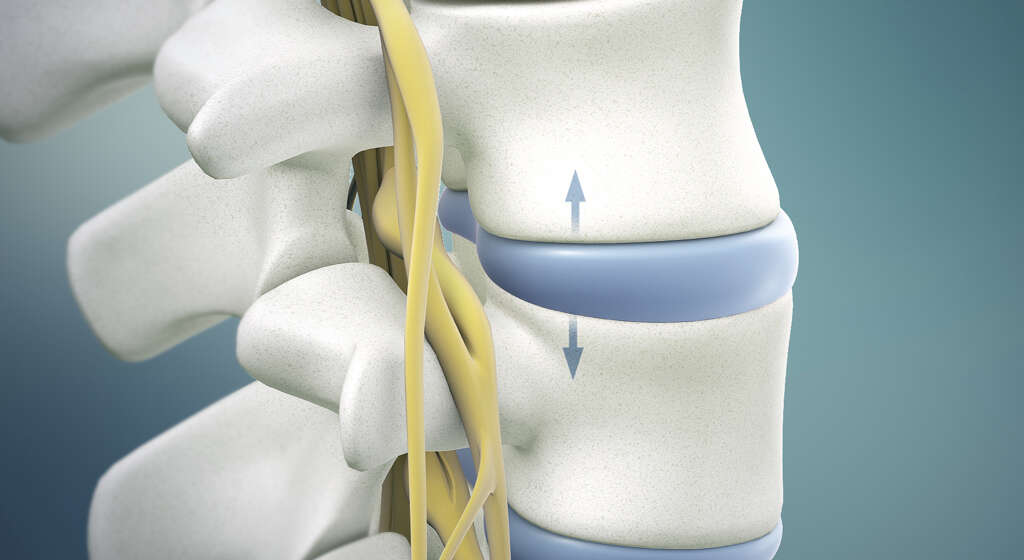
9. What Are the Complications of Chiari Malformation?
Chiari malformation is often associated with several other health conditions; some of them are quite serious. Type I CM patients may present with spinal curvature, including scoliosis or kyphosis. They are also at increased risk of developing Syringomyelia. This is a condition where small fluid-filled cysts form within the spinal cord. Over time they destroy nerves and can result in permanent damage.
Individuals who have Type II CM often experience these complications as well. They are also more likely to develop hydrocephalus or severe pressure within the skull. This can be fatal if left untreated. In addition, it is quite common for CM patients to receive a diagnosis of spina bifida.

10. What Is the Prognosis After Being Diagnosed with Chiari Malformation?
There is a wide range of outcomes possible after receiving a Chiari malformation diagnosis. Some people never develop symptoms associated with the condition and can continue to live a normal life. Others will be able to manage symptoms successfully with little to no intervention. That is not the whole story, however.
More advanced cases of CM can severely impact the quality of life. They may cause intense pain and fatigue. Some of the more serious complications can be fatal. Infants with severe CM are likely to experience physical and cognitive developmental delays. That makes it crucial to follow the advice of doctors and undergo routine testing to monitor the condition.




